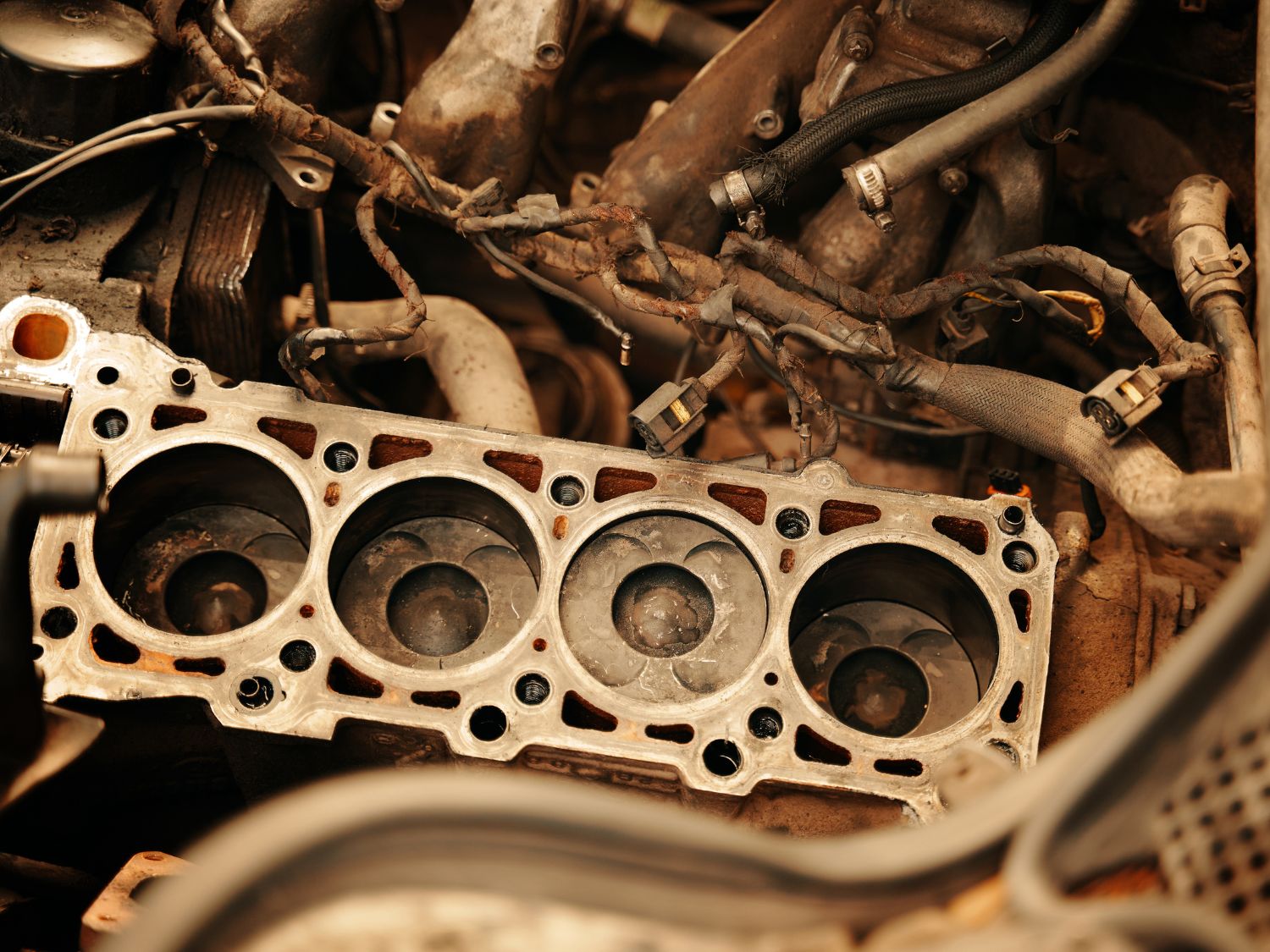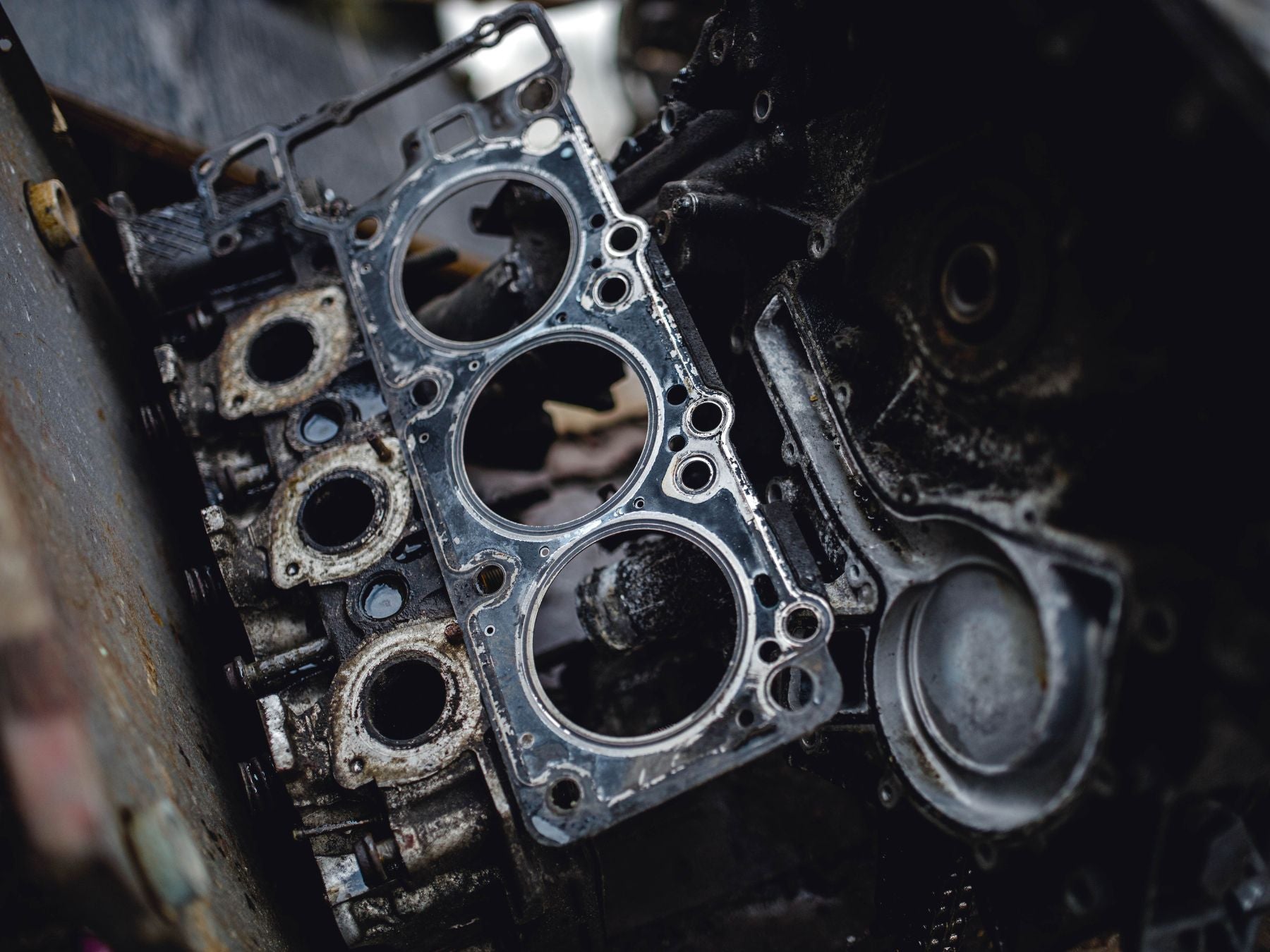As a vehicle owner, encountering engine problems can be both stressful and costly. One of the most significant issues you may face is a blown head gasket, which can lead to expensive repairs. In this article, we'll dive deep into the world of head gasket repair costs, providing you with the knowledge and expertise to make informed decisions about your vehicle's maintenance.
What is a Head Gasket?

Before we discuss head gasket repair costs, let's first understand what a head gasket is and its role in your vehicle's engine. The head gasket is a crucial component that sits between the engine block and the cylinder head. Its primary function is to seal the combustion chamber, preventing coolant and oil from leaking into the cylinders and ensuring proper compression.
Symptoms of a Blown Head Gasket
Recognizing the signs of a blown head gasket can help you address the issue promptly, potentially saving you from more extensive and costly repairs. Some common symptoms include:
- White smoke from the exhaust
- Coolant loss without visible leaks
- Overheating engine
- Milky oil
- Rough idle or misfiring
If you notice any of these symptoms, it's essential to have your vehicle inspected by a qualified mechanic to determine if a blown head gasket is the culprit.
Factors Affecting Head Gasket Repair Costs
The cost of repairing a blown head gasket can vary significantly depending on several factors:
1. Vehicle Make and Model
Different vehicles have unique engine designs, which can impact the complexity and duration of the repair process. Some makes and models may require specialized tools or have harder-to-access head gaskets, leading to higher labor costs.
2. Extent of Damage
A blown head gasket can cause various levels of damage to your engine. In some cases, the issue may be caught early, limiting the repair to replacing the head gasket. However, if the problem has persisted for an extended period, it may have caused additional damage to the cylinder head, engine block, or other components, increasing the overall repair costs.
3. Labor Costs
Head gasket repair is a labor-intensive process that requires significant time and expertise. The cost of labor can vary depending on your location, the repair shop's reputation, and the technician's experience. On average, labor costs for head gasket replacement can range from $900 to $1,500 or more.
4. Parts and Materials
In addition to the head gasket itself, the repair process may require additional parts and materials, such as coolant, oil, and other gaskets. The quality and cost of these components can also impact the total head gasket repair cost.
Average Head Gasket Repair Costs

While the exact cost of head gasket repair can vary, here are some general price ranges you can expect:
| Repair Type | Cost Range |
|---|---|
| Head Gasket Replacement | $1,000 - $2,000 |
| Cylinder Head Resurfacing | $200 - $500 |
| Engine Block Resurfacing | $500 - $1,000 |
| Complete Engine Replacement | $3,000 - $7,000 |
Keep in mind that these are rough estimates, and your specific repair costs may differ based on the factors mentioned earlier.
Is it Worth Repairing a Blown Head Gasket?
Deciding whether to repair a blown head gasket or replace your vehicle entirely depends on several factors:
- Age and condition of your vehicle
- Value of your vehicle
- Extent of the damage
- Your budget and long-term financial goals
In some cases, if your vehicle is older and has a lower value, the cost of repairing a blown head gasket may exceed the car's worth. In such situations, it may be more financially prudent to consider replacing the vehicle.
However, if your car is newer or in otherwise good condition, repairing the head gasket can be a worthwhile investment to extend its lifespan and avoid the costs of purchasing a new vehicle.
Preventing Head Gasket Failure
While some head gasket failures may be unavoidable due to age or manufacturing defects, there are steps you can take to minimize the risk:
- Regular coolant changes and maintenance
- Addressing coolant leaks promptly
- Avoiding overheating by monitoring engine temperature
- Using high-quality coolant and additives
- Ensuring proper engine tuning and maintenance
By prioritizing preventive maintenance, you can help safeguard your engine's health and potentially avoid costly head gasket repairs.
Frequently Asked Questions
What are the signs of a blown head gasket?
Signs of a blown head gasket include white smoke from the exhaust, coolant loss, overheating engine, milky oil, and rough idle or misfiring.
How long does a head gasket repair take?
The duration of a head gasket repair can vary depending on the vehicle and the extent of the damage. On average, the process can take anywhere from 10 to 20 hours or more.
Can I drive my vehicle with a blown head gasket?
Driving a vehicle with a blown head gasket is not recommended, as it can cause further damage to the engine and lead to more extensive and costly repairs.
What is a head gasket sealer, and does it work?
Head gasket sealers are chemical additives that claim to temporarily seal minor head gasket leaks. While they may provide a short-term fix in some cases, they are not a permanent solution and may not work for more severe head gasket issues.
How often should I change my head gasket?
Head gaskets are not a regularly scheduled maintenance item. They typically last the lifetime of the engine, provided proper maintenance is followed, and no manufacturing defects or overheating issues occur.
In Summary
- Head gasket repair costs can vary significantly based on vehicle make and model, extent of damage, labor costs, and parts and materials.
- Recognizing symptoms of a blown head gasket, such as white smoke from the exhaust, coolant loss, and overheating, is crucial for prompt repair.
- The decision to repair a blown head gasket or replace the vehicle depends on factors such as the car's age, value, and the extent of the damage.
- Regular maintenance and preventive measures can help minimize the risk of head gasket failure.
By understanding the intricacies of head gasket repair costs and the factors that influence them, you can make well-informed decisions regarding your vehicle's maintenance and repair. Remember, promptly addressing head gasket issues can save you from more extensive and costly repairs down the road.



Share and get 15% off!
Simply share this product on one of the following social networks and you will unlock 15% off!